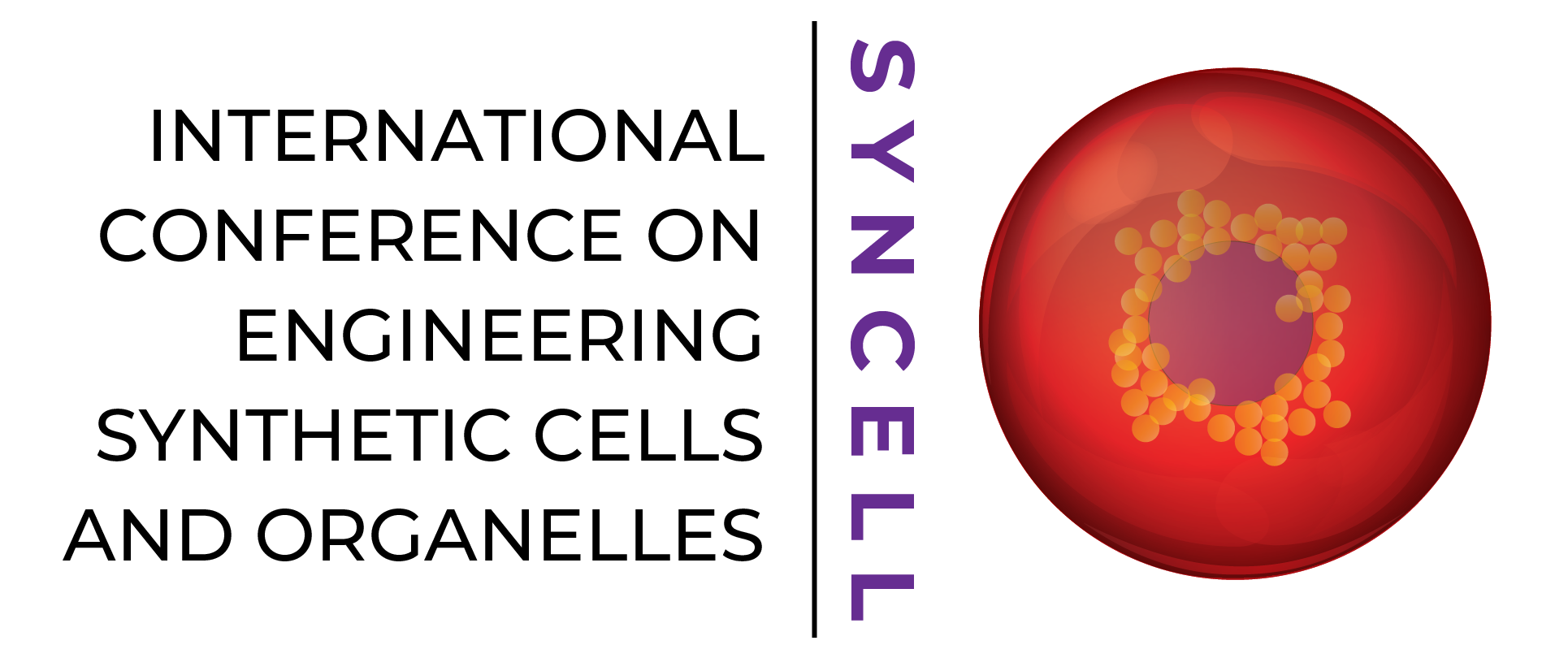
Mechanism in collective organizations of living and synthetic cells
Presented by: Joachim Spatz
Max Planck Institute for Medical Research
Featured Talk
Abstract
JOACHIM P. SPATZ
Mechanism in Collective Organizations of Living and Synthetic Cells
Max Planck Institute for Medical Research & Heidelberg University
https://www.mr.mpg.de/13943505/cellular_biophysics
Regulating the emergence of leading individuals is a central problem to collectively migrating biological entities. For example, leaders in the mobile animal groups arise through collective decision making of the followers. However, the fundamental control of leader selection remains unclear in the physiologically relevant collective migration of epithelial cells. Here we present that the selective emergence of leader cells at the epithelial wound-margin depends on the dynamics of the follower cells and is spatially limited by the length-scale of collective force transduction. Owing to the dynamic heterogeneity of the monolayer, cells behind the prospective leaders manifest locally increased traction and monolayer stresses much before these leaders display any phenotypic traits. Once formed, the territory of a leader can extend only to the length up-to which cells can pull on their neighbors. These findings provide a novel mechanobiological-insight into the hierarchy in cell collectives during epithelial wound healing. The evolution of cellular compartments for spatially and temporally controlled assembly of biological processes such as wound healing was an essential step in developing life by evolution. With the ultimate aim to construct life-like materials such as a living cell, the scientific approach of matter-to-life strives to reconstitute cellular phenomena in vitro – disentangled from the complex environment of a cell. In recent years, working towards this goal gave new insights into the mechanisms governing life. We will discuss strategies to reverse-engineer and recombine functional parts for synthetic eukaryotes, mimicking the characteristics of nature’s own prototype. Particularly, we will focus on large outer compartments, complex endomembrane systems with organelles and versatile cytoskeletons as hallmarks of eukaryotic life. Moreover, we identify microfluidics and DNA nanotechnology as two highly promising technologies which obtain the integration of these functional modules into sophisticated multifunctional synthetic cells.
1. A molecular mechanotransduction pathway regulates collective migration of epithelial cells; Nature Cell Biology 2015; DOI 10.1038/NCB3115
2. Sequential bottom-up assembly of mechanically stabilized synthetic cells by microfluidics; Nature Materials 2018; DOI 10.1038/NMAT5005
3. Mechanical interactions among followers determine the emergence of leaders in migrating epithelial cell collectives, Nature Communication 2018; DOI 10.1038/S41467-018-05927-6
Watch Now
Premiering May 17, 2021
Check back soon for video link
